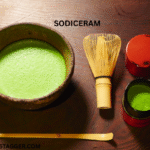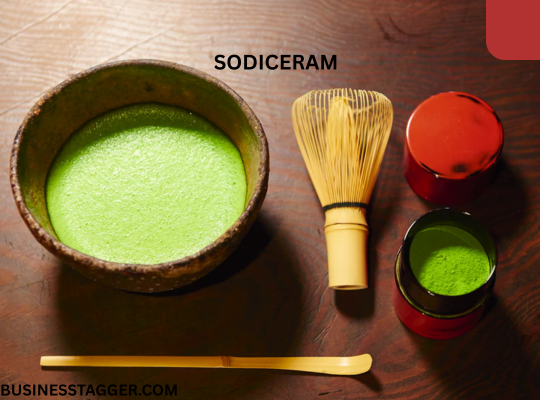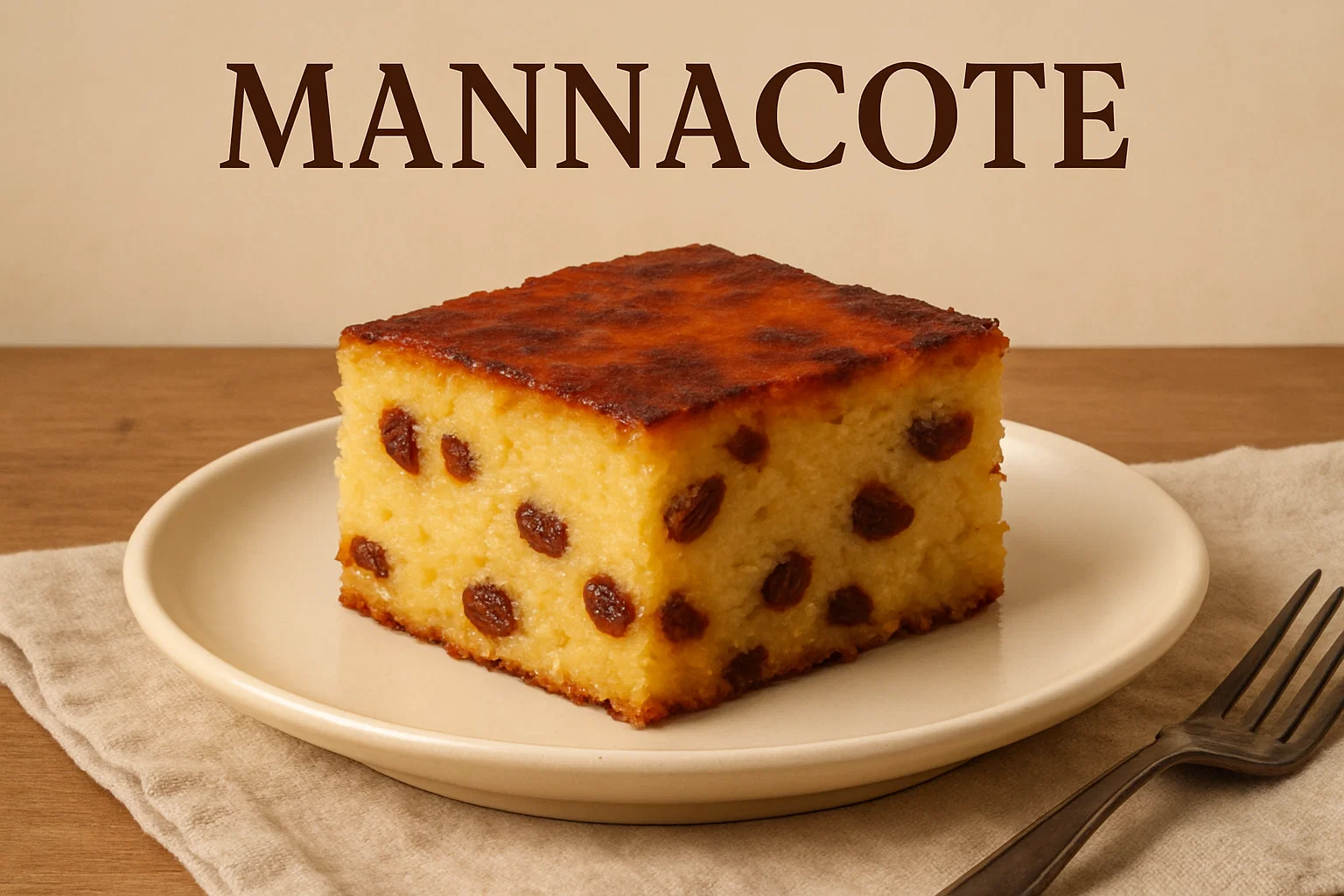In the world of modern materials science, new compounds and manufacturing processes are constantly emerging to meet the demands of technology, construction, and design. One such material that has recently begun to attract attention is Sodiceram. While the name may sound unfamiliar to the general public, those involved in ceramics, construction, or industrial design might have already encountered it. But what exactly is Sodiceram, and why is it becoming increasingly relevant?
This article explores the concept of Sodiceram—its composition, potential applications, benefits, and why it may be a material worth watching in the years ahead.
What is Sodiceram?
Sodiceram appears to be a term derived from a combination of “sodium,” “ceramic,” and possibly “material” or “composite.” It typically refers to a ceramic material that incorporates sodium-based compounds in its formulation or structural matrix. While not a widely recognized standard material like porcelain or alumina ceramics, Sodiceram represents a new class of advanced ceramic materials engineered for improved performance.
In many cases, advanced ceramics are created by blending different oxides and compounds to optimize characteristics such as:
- Durability
- Heat resistance
- Electrical insulation
- Lightweight construction
- Corrosion resistance
Sodiceram may fall into this category, designed to suit specific industrial or design-related applications that require a balance between strength, versatility, and thermal stability.
Composition and Properties
While specific formulations of Sodiceram may vary by manufacturer or use case, it is typically expected to include:
- Sodium oxide (Na₂O): Contributes to the chemical behavior and affects the melting point.
- Silicon dioxide (SiO₂): A common ingredient in ceramics for structure and hardness.
- Aluminum oxide (Al₂O₃): For added strength and thermal performance.
- Other oxides: Depending on the desired outcome, other materials such as magnesium oxide, calcium oxide, or zirconium oxide may be included.
These compounds are mixed, shaped, and then sintered (fired at high temperatures) to produce solid components with specific mechanical and chemical properties.
Key Benefits of Sodiceram
- High Thermal Resistance
Like many ceramic materials, Sodiceram is designed to withstand high temperatures, making it suitable for kilns, furnaces, and thermal shielding applications. - Lightweight Yet Strong
One of the notable features of sodium-based ceramics is their potential for low density. Sodiceram balances strength with weight, making it ideal for industries where reducing load is crucial (e.g., aerospace or automotive). - Chemical Resistance
Ceramics are generally non-reactive, and Sodiceram is no different. It is resistant to corrosion, oxidation, and degradation by most chemicals. - Electrically Insulating
Its non-conductive properties make it suitable for electrical insulators, spark plugs, and high-voltage applications. - Eco-Friendly and Recyclable
Compared to plastics or metals, ceramics can be produced with lower environmental impact and are often recyclable or biodegradable under industrial processes.
Common Applications of Sodiceram
Depending on the specific formulation and manufacturing methods, Sodiceram can be used in a variety of applications across industries:
1. Construction and Architecture
- Tiles, bricks, or panels that require thermal insulation or fireproofing.
- Lightweight cladding materials for eco-friendly buildings.
- Decorative ceramic finishes with enhanced durability.
2. Electronics and Electrical Engineering
- Insulating components in circuit boards.
- Parts used in heating elements or resistors.
- Casings for high-voltage equipment.
3. Automotive and Aerospace
- Heat shields and insulation tiles.
- Components for engine systems.
- Lightweight composite materials in body structures.
4. Industrial and Chemical Equipment
- Pipes or linings resistant to acidic or corrosive environments.
- Thermal barriers in chemical processing units.
5. Home and Lifestyle Products
- Durable ceramic cookware or utensils.
- Art pieces that combine strength with aesthetic appeal.
How is Sodiceram Different from Traditional Ceramics?
While traditional ceramics like porcelain or terracotta are mainly made for domestic or aesthetic purposes, Sodiceram represents a more technical and performance-driven category. Here’s how it differs:
| Feature | Traditional Ceramics | Sodiceram |
|---|---|---|
| Composition | Clay-based | Sodium-based oxides and silicates |
| Primary Use | Art, homeware | Industry, architecture, electronics |
| Temperature Resistance | Moderate | High |
| Customization | Limited | Highly engineered |
| Weight | Heavy | Lightweight options available |
Challenges and Considerations
Like any material, Sodiceram has its limits:
- Brittleness: Ceramics, while strong, can be prone to cracking under certain impacts.
- Cost: Advanced ceramics can be more expensive than traditional options.
- Manufacturing Complexity: The creation of precise, high-performance ceramics requires skilled processes and quality control.
Final Thoughts
Sodiceram may still be a relatively new or specialized material in the broader market, but its potential is undeniable. With applications ranging from construction to electronics, it embodies the future of smart, sustainable, and high-performance materials.
As industries continue to seek materials that are both functionally superior and environmentally responsible, ceramics like Sodiceram could soon become the cornerstone of innovation in product design, architecture, and beyond.










